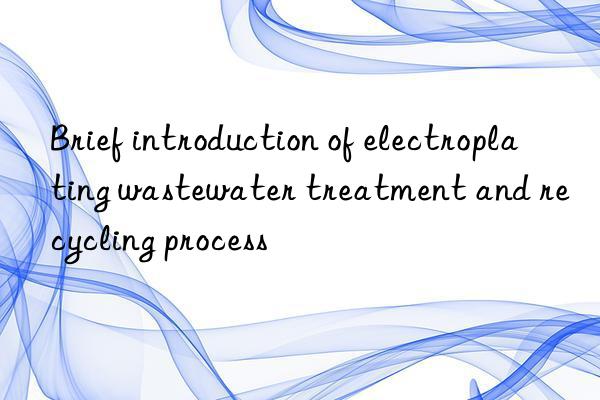
Due to the adjustment of the pH value during the electroplating process and wastewater treatment process, the salt content in the water body is high during the alkali neutralization and oxidation treatment process, and the water discharged after the treatment can not be reused. Electroplating, such as washing the coating, affects the surface finish, and the reuse of water in the plating bath affects the quality of electroplating. Therefore, the reused water must remove sulfates and chlorides. There are many desalination technologies, microbial desalination, and the process of culturing is unstable, subject to climate requirements. The effluent turbidity is high, the ion exchange is easy to be saturated, and the regeneration is frequent, and the secondary pollution to the environment is large. The electrodialysis technology consumes a large amount of electricity. Since the 1960s, it has been applied to water treatment in the food and pharmaceutical industries, mainly to separate the macromolecules in the concentrated water by the ultrafiltration membrane, which is difficult to desalinate. The reverse osmosis technology has been developed in the past 20 years, and sufficient pressure must be applied. The water in the solution is separated from the water through the reverse osmosis membrane. It has the characteristics of no phase change, low energy consumption, simple process, and high purity of the effluent. It extends the solution separation from the chemical, pharmaceutical, food and electronic industries from the application of desalination to the field of wastewater reuse. , The concentrated liquid is discharged outside, and the total amount of pollutants has not been reduced. |


